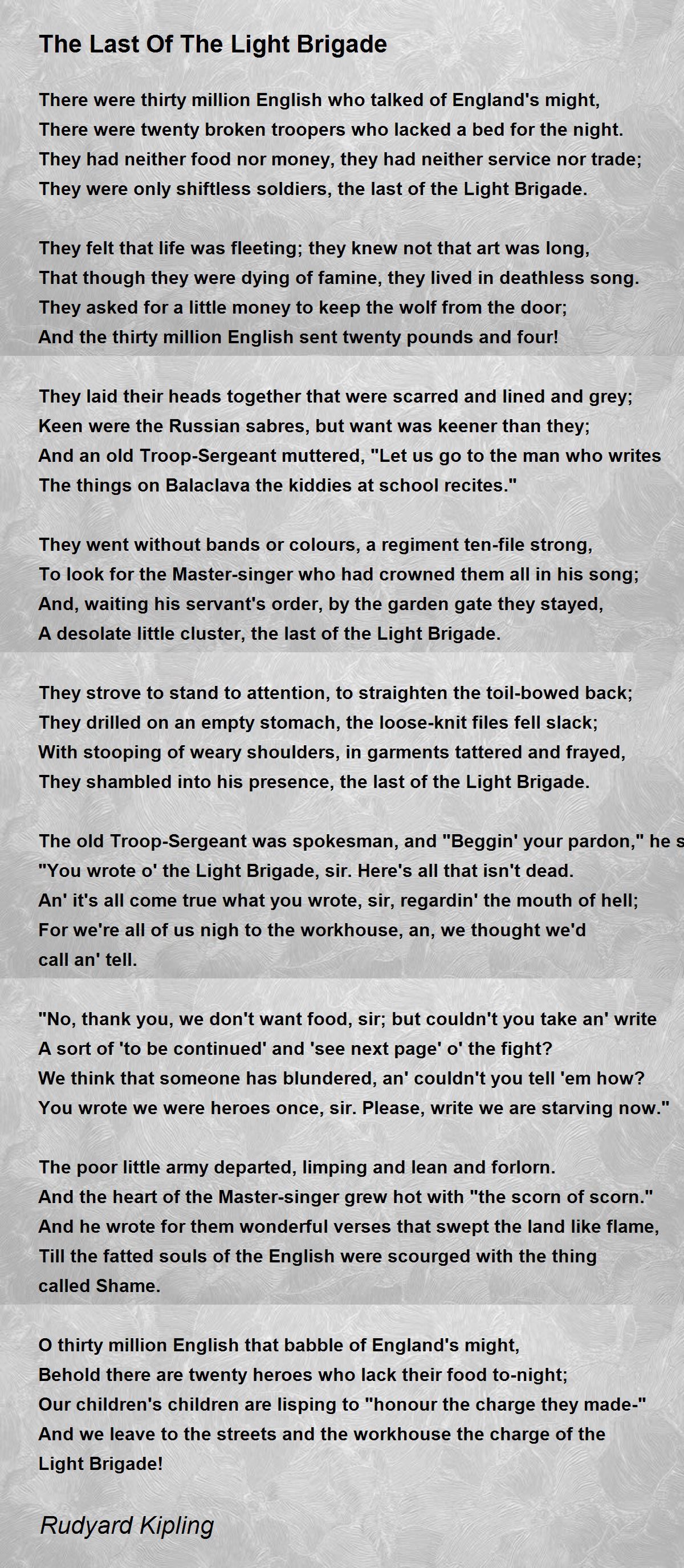

This is the famous Woronzow Road that, for much of its length, runs along the range of hills known to the British during the Crimean War as the Causeway Heights.įrom Raglan’s vantage point, the Heights appear to be little more than a slight rise in the ground and are dwarfed by the hills that fringe the plain to the north and east. When I visited it, I was struck by the panoramic view it afforded of the battlefield.ĭirectly below the platform is a large plain covered with vineyards and other crops – just as it was in 1854 – and bisected by a tarmac road that snakes from right to left. The site on the edge of the Sapouné Ridge, from where Raglan and his staff are said to have observed the battle of Balaklava, is today marked by a viewing platform. It is hard to comprehend how the Light Brigade could have been misdirected until you stand on the spots where the main actors were situated when they made their fatal decisions. The communication breakdown between Lord Raglan and his cavalry commander is perhaps explained by the topography of the Balaklava battlefield, says Saul David Within a month they were besieging the great naval base of Sevastopol from the Chersonese Plateau to its south. Determined to protect the Ottomans by neutralising Russian power in the Black Sea, the Allies had landed on the Crimean peninsula in early September 1854. Thus the charge was the last action of the battle of Balaklava which, though far from conclusive, was a Russian victory of sorts – their first of a war that had begun the previous March when the Russian tsar refused British and French ultimatums to withdraw his troops from Ottoman empire territory. He was dissuaded by General Canrobert, his French counterpart, on the grounds that troops could not be spared from the siege lines for their garrisons. What happened after the Charge of Light Brigade?Įven after the fatal charge, Lord Raglan was keen to use his infantry to retake the captured redoubts.

The number of dead horses was almost 400. Even with the return of stragglers, the losses were crippling: 107 men killed, 187 wounded and 50 missing (most of them captured). When the battered remnant of the around 676 men of the Light Brigade formed up near the same ground they had charged from 25 minutes earlier, only 195 men were still mounted. How many of 'the 600' survived the charge of the Light Brigade?


 0 kommentar(er)
0 kommentar(er)
